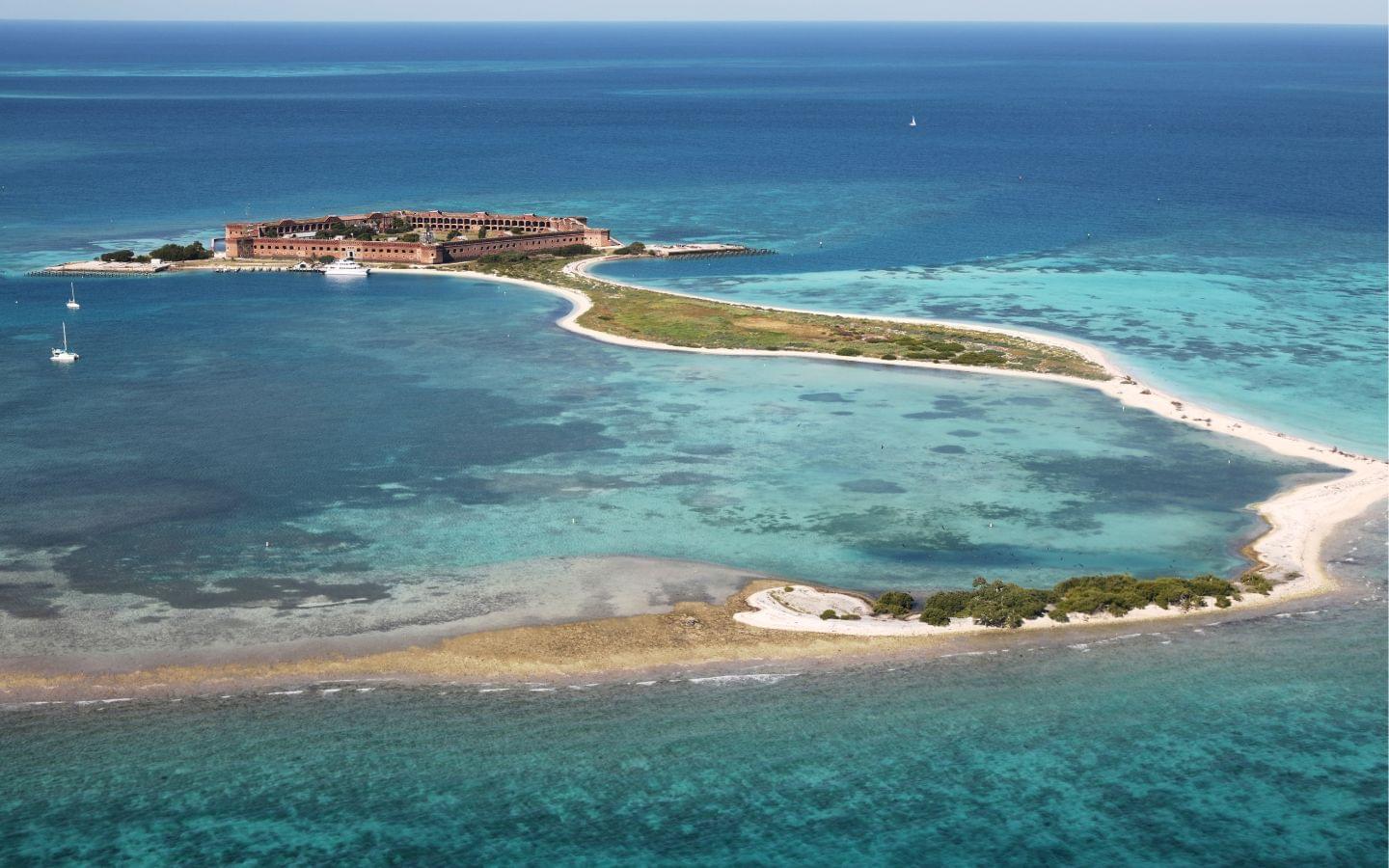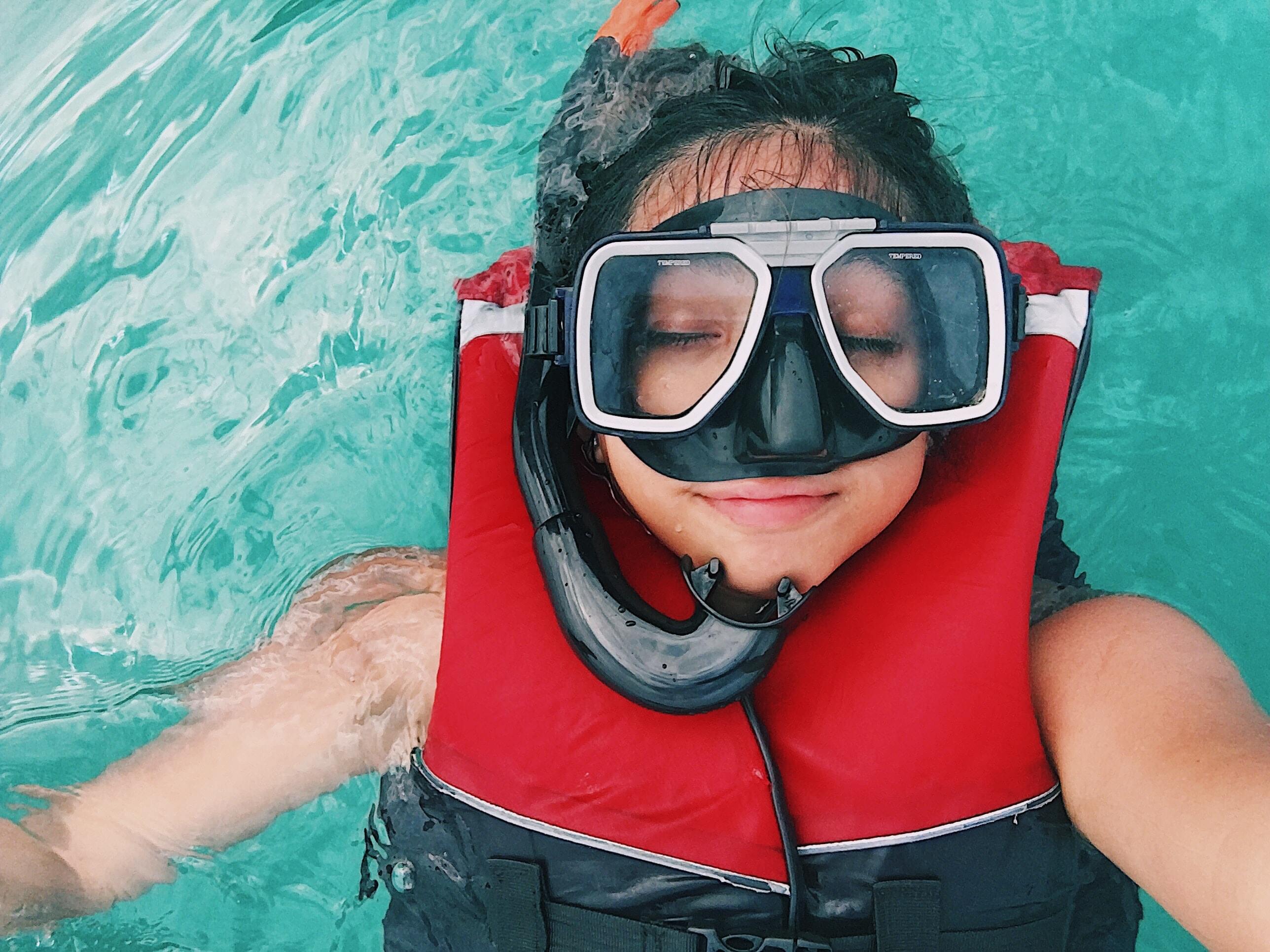The best snorkeling in the Florida Keys
The Florida Keys are one of the top destinations for snorkelers in the U.S. thanks to the extensive reef system and vibrant sea life. Here are the Keys’ best snorkeling spots.
Home to the world’s third-largest barrier reef, the Florida Keys remain a premier snorkeling destination. The living reef, protected as part of the Florida Keys National Marine Sanctuary, is the only coral reef system in the continental United States1. In late 2024 NOAA finalized its Restoration Blueprint, expanding the sanctuary’s boundary by 20 percent, adding wildlife management areas and prohibiting cruise ship discharges and anchoring of derelict vessels2. The plan also requires boats to use mooring buoys in Sanctuary Preservation Areas, helping reefs recover from recent bleaching events and stony coral tissue loss disease2.
High water temperatures in summer 2023 caused widespread coral bleaching and mortality across the Keys3. Although scientists observed signs of recovery in early 2024—coral colonies began regaining their symbiotic algae after the 2023 bleaching event4—live coral cover remains below ten percent on many reefs5. Visitors can still enjoy rich marine life, but it’s important to follow sanctuary rules, use mooring buoys and avoid touching corals.
Below are the top snorkeling spots in the Florida Keys, along with practical tips for making the most of your trip.
John Pennekamp Coral Reef State Park
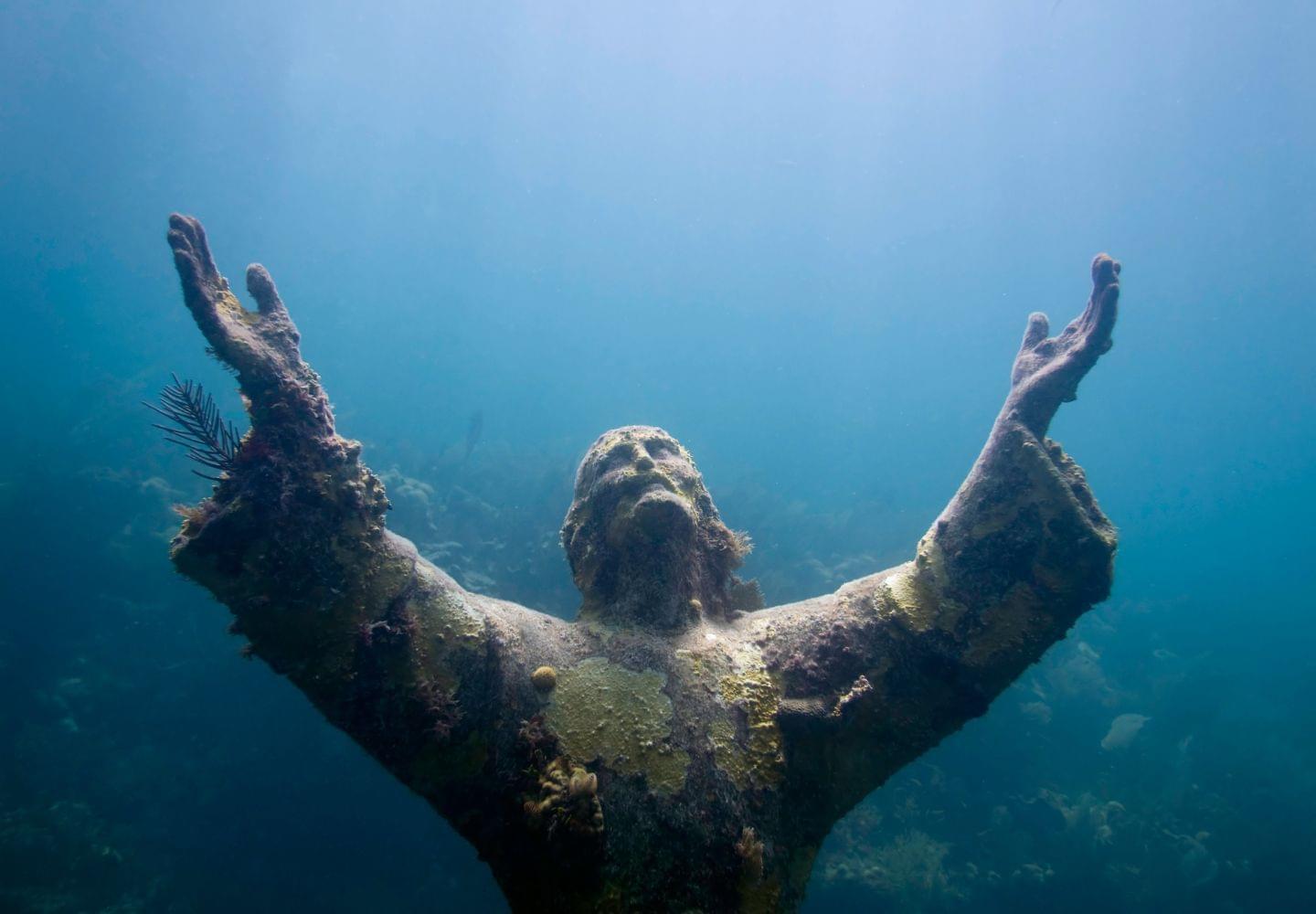
Located on Key Largo, John Pennekamp Coral Reef State Park encompasses roughly 70 nautical square miles and was the United States’ first undersea park, established in 19636. Visitors can explore mangrove swamps, seagrass beds and offshore reefs teeming with more than 70 coral species and 600 species of fish7. Highlights include the Christ of the Abyss statue, Dry Rocks, Grecian Rocks, White Banks and Sea Gardens. Since these sites lie offshore, you’ll need to book a group snorkel boat or private charter. Experienced snorkelers can also head east to Molasses Reef—one of the Keys’ deeper sites—but strong currents make it best for confident swimmers.
Looe Key
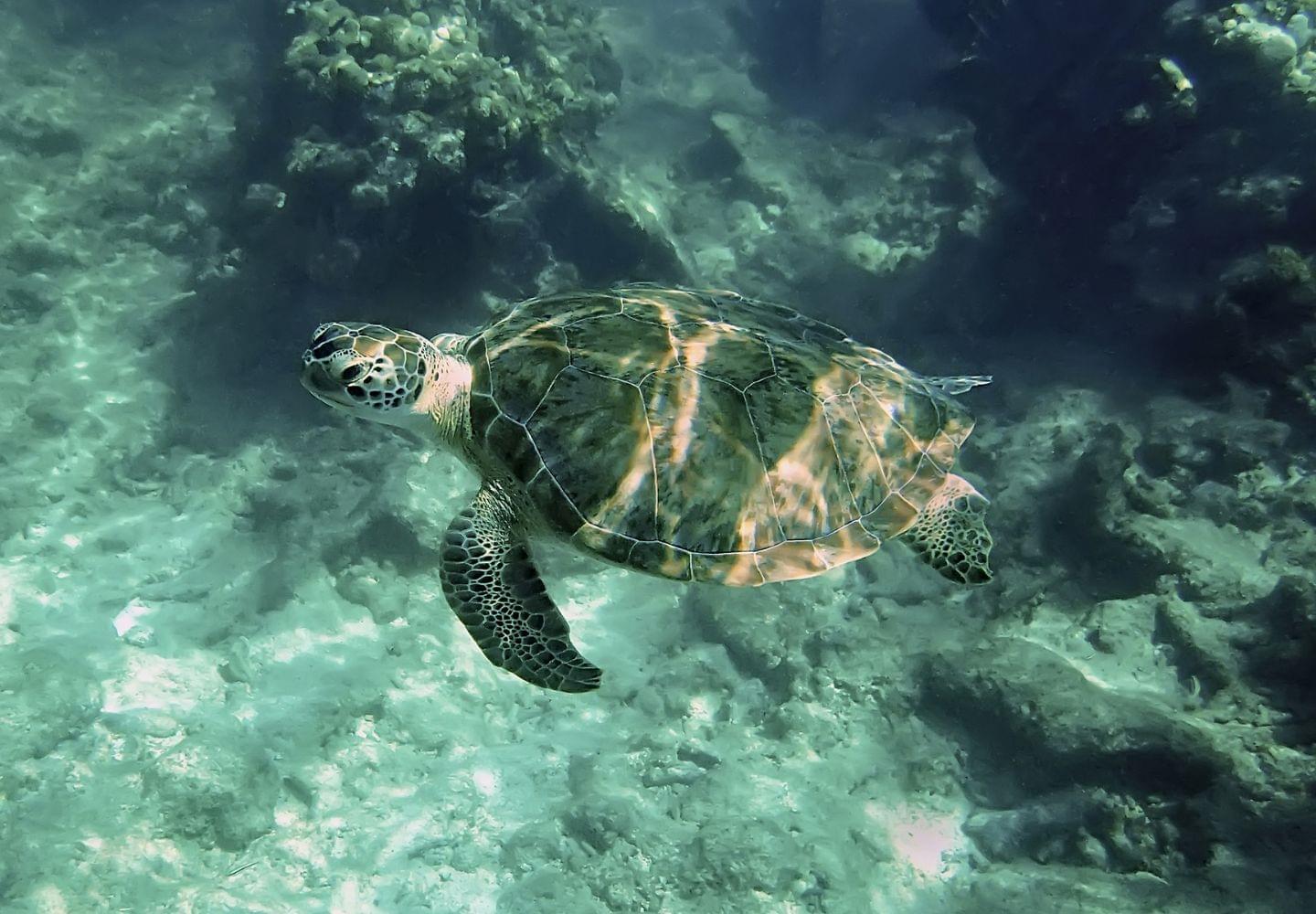
The Looe Key Sanctuary Preservation Area remains a shallow, fish-rich reef ideal for day trips. You’re likely to encounter goliath groupers, barracudas, hogfish, parrotfish, spotted eagle rays and sea turtles alongside elkhorn, pillar and brain corals. Located eight nautical miles southwest of Big Pine Key, Looe Key is accessible only by boat. Tours depart from Big Pine Key, Ramrod Key and Bahia Honda State Park. Keep in mind that high water temperatures in recent summers have stressed corals here, so conditions can vary3.
Dry Tortugas and Fort Jefferson
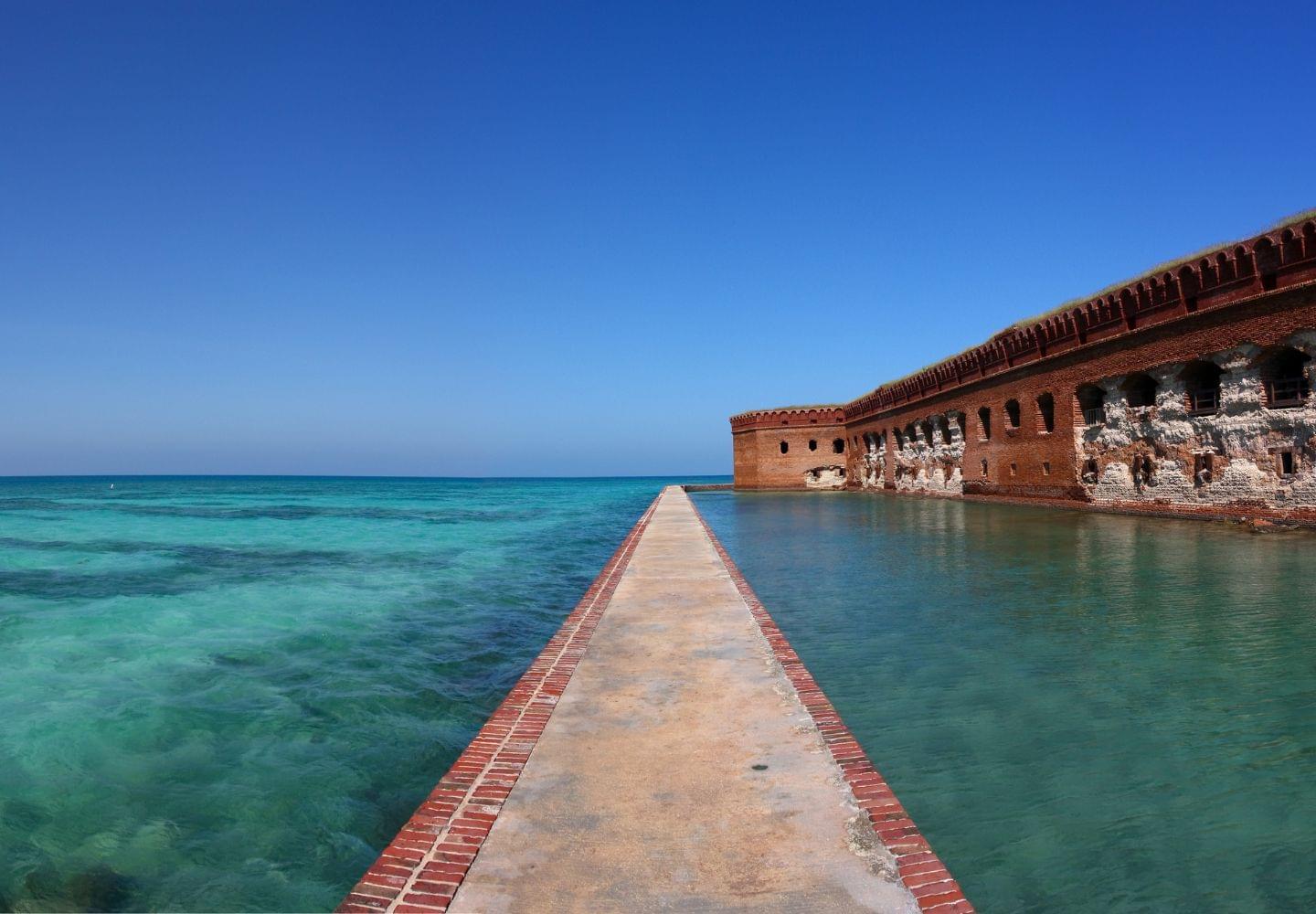
Dry Tortugas National Park sits roughly 80 miles west of Key West. Its remoteness—reachable only by ferry, seaplane or private charter—keeps reefs healthy and crowd-free. Snorkel right off the beaches around Fort Jefferson on Garden Key or charter a boat to explore the park’s other six islands. Ferries often book six months in advance, and visitor numbers are capped, so plan ahead. The Restoration Blueprint expands protections around the Tortugas Ecological Reserve and aims to safeguard deep-reef habitats for spawning fish and lobsters2.
Alligator Reef
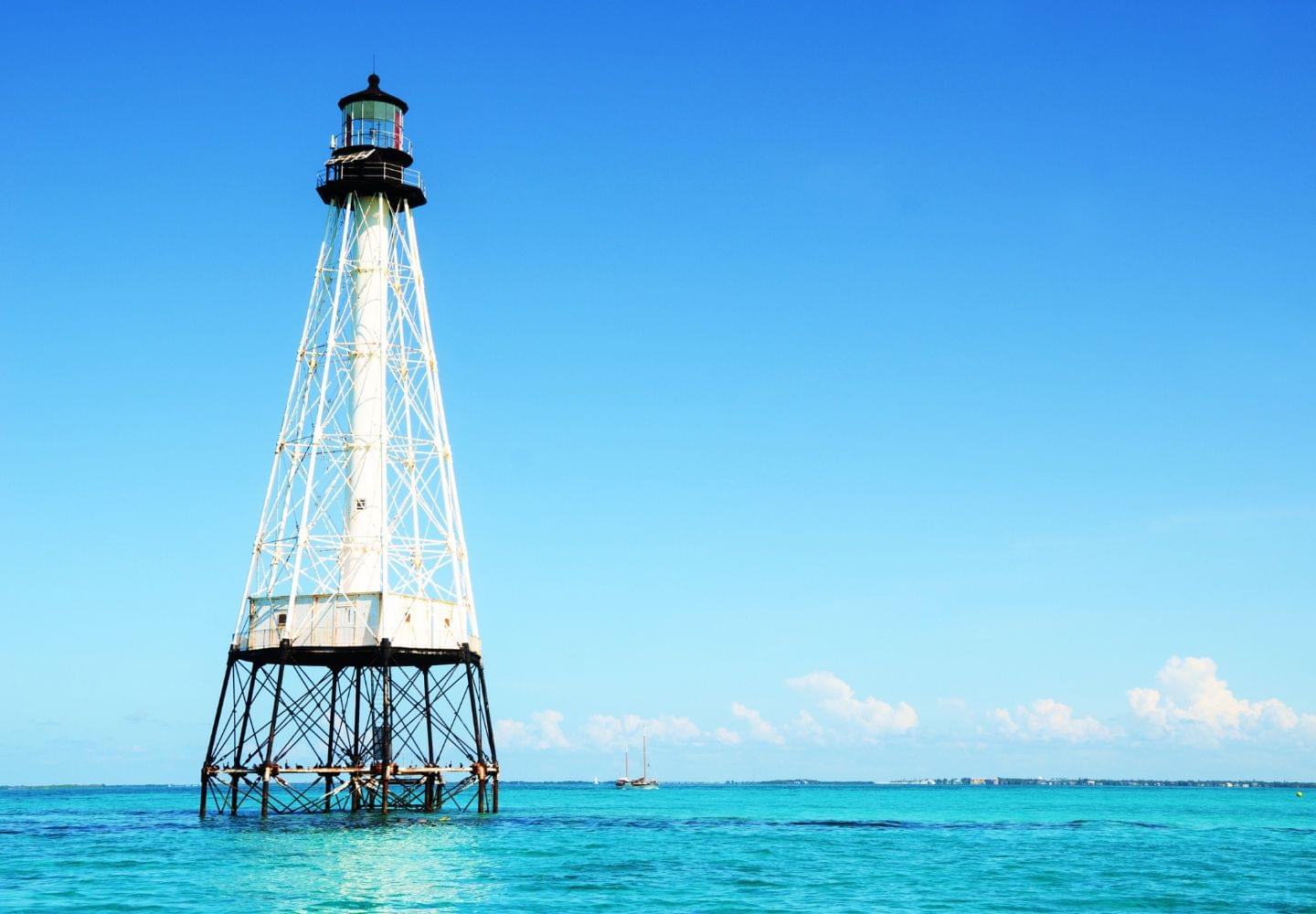
Named for the 1822 USS Alligator shipwreck, Alligator Reef lies off Islamorada and offers shallow snorkeling under the lighthouse as well as deeper sections for sighting larger marine life such as nurse sharks, rays and sea turtles. Storms and coral disease have damaged parts of the reef, and restoration efforts are ongoing. Still, the site remains popular and accessible via charter boats from Islamorada.
Cheeca Rocks

This small patch reef off Islamorada provides some of the healthiest coral in the Keys, partly because it’s less affected by stony coral tissue loss disease and bleaching5. Protected waters shelter brain corals, queen conchs, soft corals and colorful fish. Calm conditions and proximity to shore make Cheeca Rocks perfect for families and first-time snorkelers, but you’ll still need a short boat ride to reach it.
Sombrero Reef
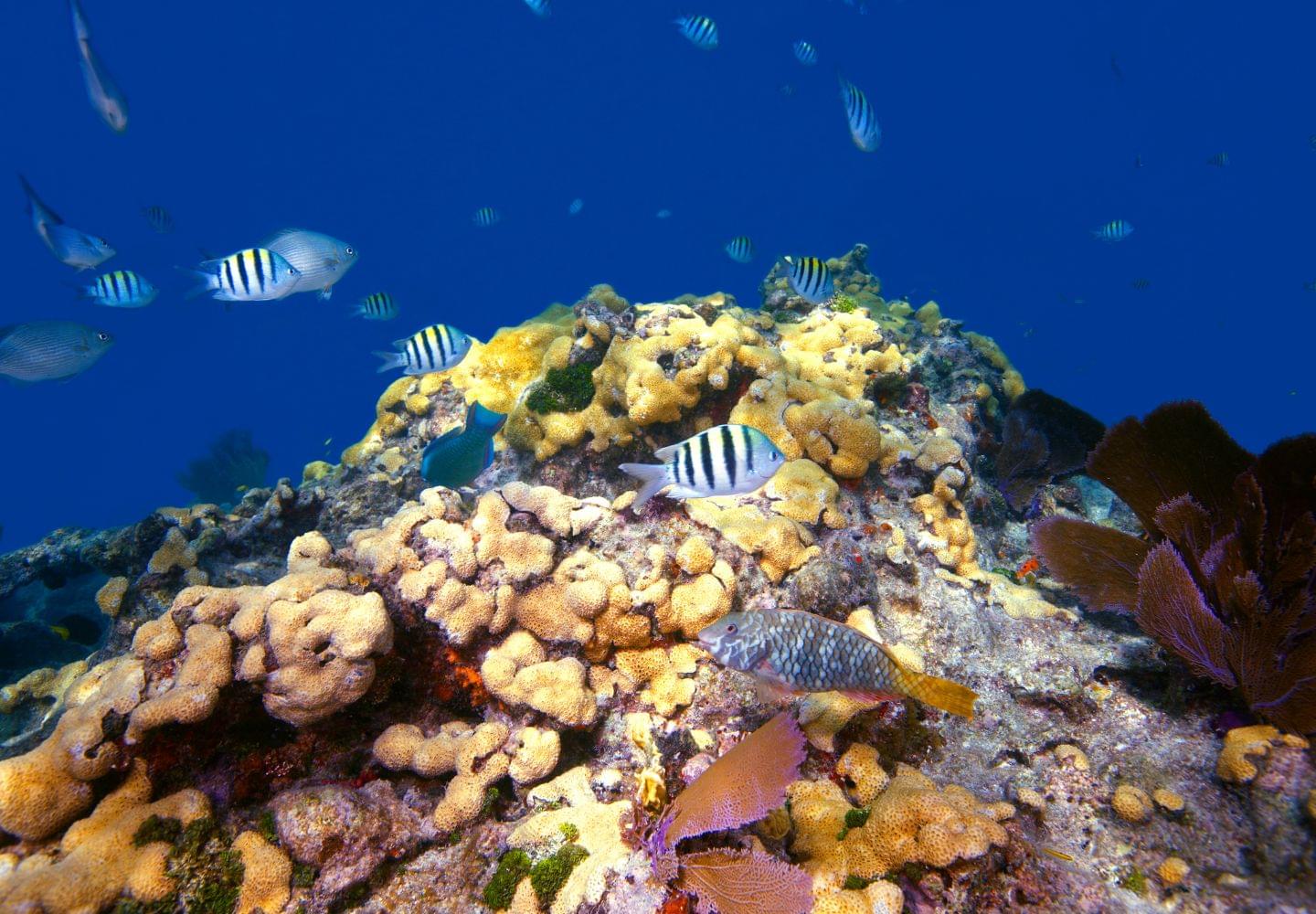
Sombrero Reef spans 30 acres of spur-and-groove coral formations and hosts a dizzying array of sea life. It’s one of seven sites targeted for large-scale coral restoration under NOAA’s Mission: Iconic Reefs project2. The reef experienced significant bleaching in 2023, so coral cover and health may differ from older descriptions3. Boat trips typically depart from Marathon on Key Vaca. Look out for nurse sharks, stingrays and moray eels at nearby Coffins Patch Sanctuary Preservation Area.
Biscayne National Park
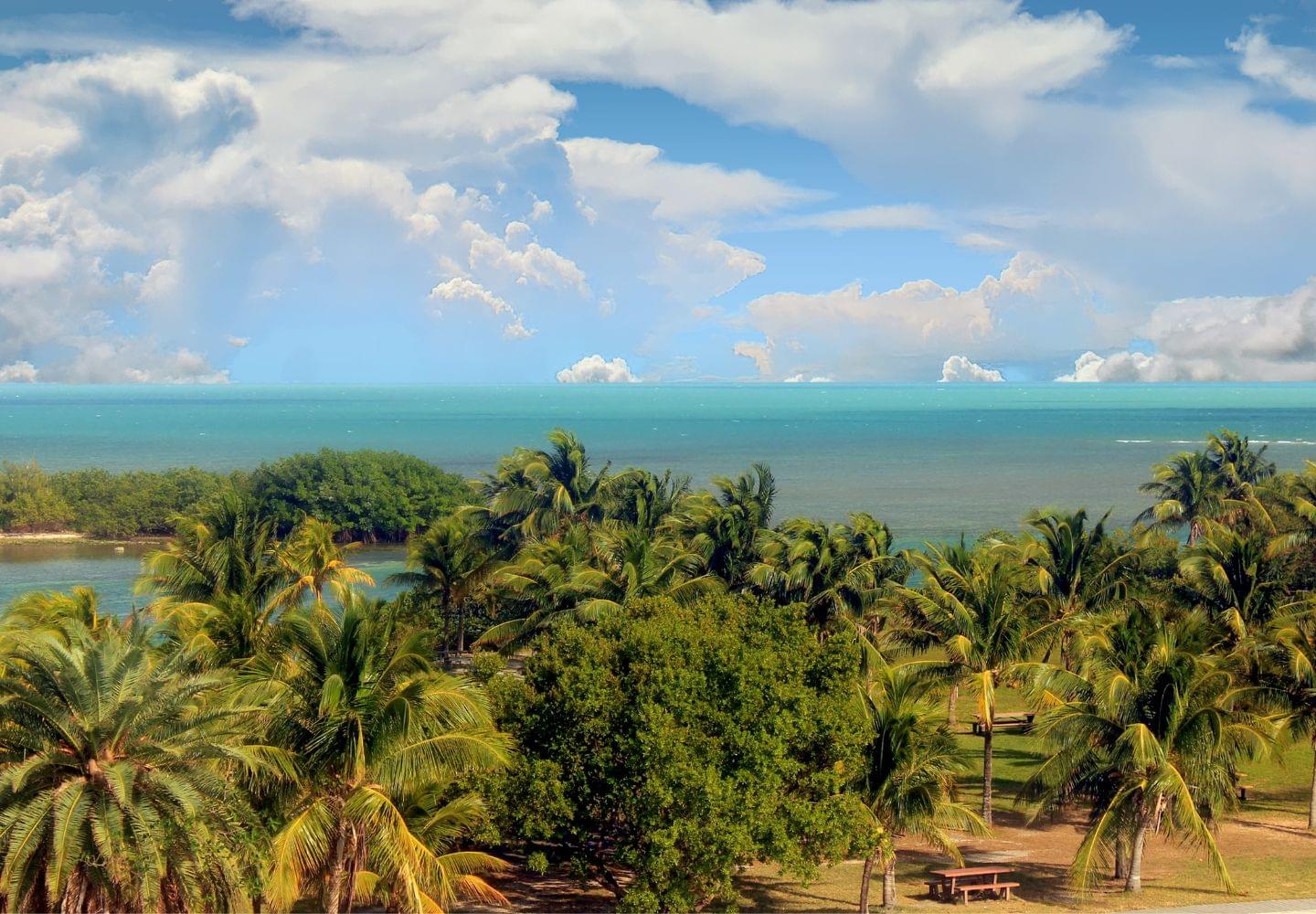
Biscayne National Park protects the northern end of the Florida Keys and offers rich snorkeling just 20 miles south of Miami. More than 600 fish species live in the park’s seagrass meadows and patch reefs, and endangered species like manatees and sea turtles frequent its waters. Several shipwrecks lie off Elliott Key—snorkelers can explore the Mandalay wreck, while deeper wrecks suit freedivers and scuba divers8. Guided snorkeling tours through the Biscayne National Park Institute are the best way to experience these waters safely and sustainably.
Bahia Honda State Park
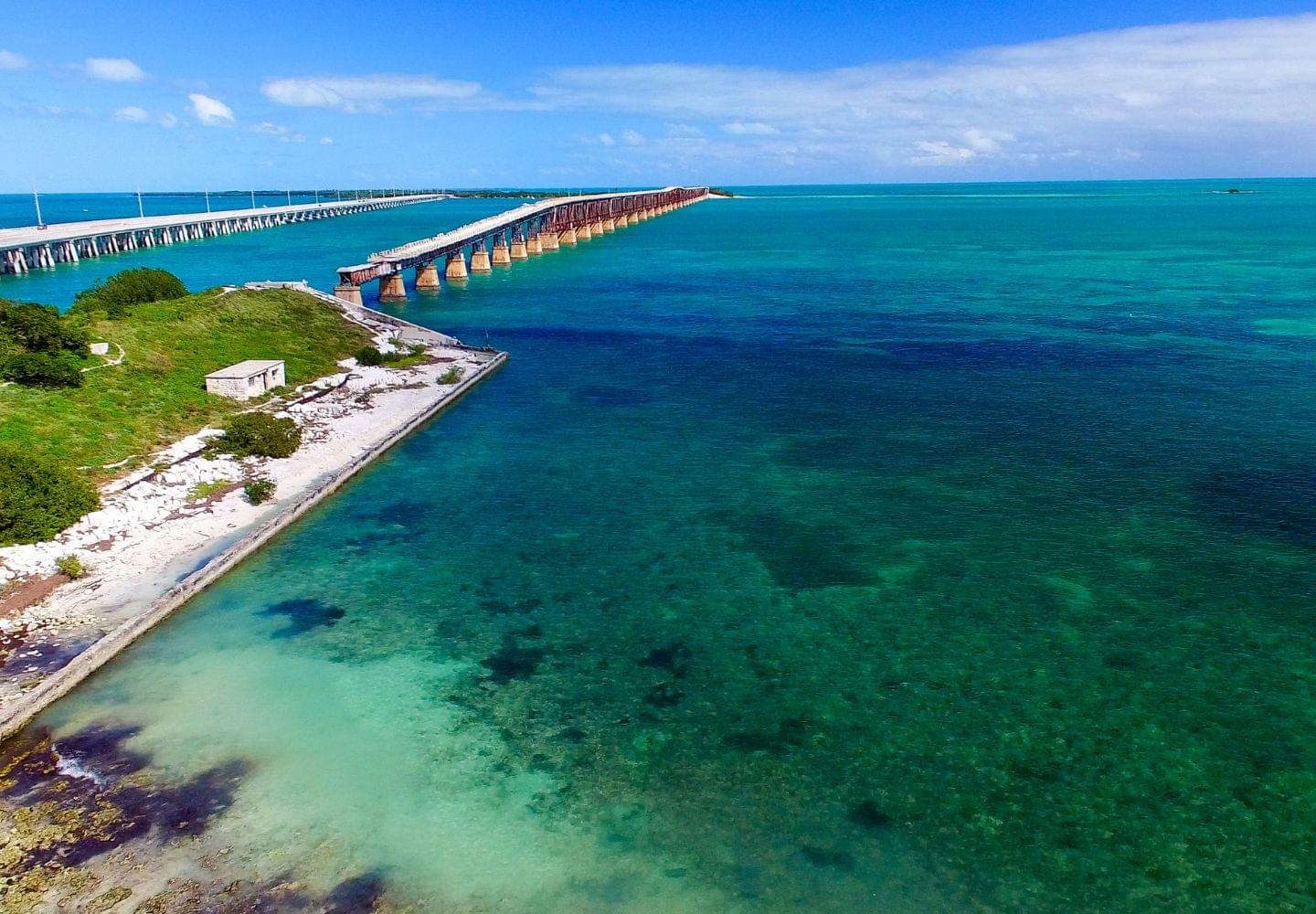
If you want to snorkel from shore, Bahia Honda State Park on Big Pine Key offers shallow, beginner-friendly waters. Though offshore reefs host more sea life, Bahia Honda’s beach-side coral heads attract colorful fish just a short swim from shore. The park also features kayaking, paddle-boarding, hiking, camping and picnic areas. Concessions rent snorkel gear, kayaks and umbrellas.
Sand Key and Eastern Dry Rocks
Sand Key and Eastern Dry Rocks, located near Key West, boast clear water, abundant fish and thriving coral formations. Access these reefs by boat—either via your own vessel or on a guided tour. The Restoration Blueprint requires visiting vessels to use mooring buoys in Sanctuary Preservation Areas and prohibits anchoring on living coral2, so always tie off to the provided buoys and avoid damaging the reef.
Best snorkeling tours and private charters
Most prime snorkeling spots in the Keys lie offshore, so a boat is essential. Look for tour operators with Blue Star certification—a NOAA program recognizing businesses that follow responsible reef practices. From Key West, consider a half-day trip to Sand Key or a full-day adventure to Dry Tortugas. In Key Largo, private charters to John Pennekamp Coral Reef State Park offer a customized experience. Big Pine Key hosts guided trips to Looe Key that include equipment and expert guidance.
Best places to stay
- Cheeca Lodge & Spa, Islamorada – A four-star resort with a watersports center offering snorkel trips, fishing charters and gear rentals.
- Lime Tree Bay Resort, Long Key – A budget-friendly, family-run resort with free kayak, paddle-board and bike rentals.
- Hyatt Centric Resort & Spa, Key West – A waterfront property with its own dock, close to many departure points for reef tours.
Florida Keys snorkeling FAQ
Florida Keys snorkeling FAQ
When is the best time of year to snorkel in the Keys?
Spring (March–May) typically offers warm water, calm seas and good visibility. Winter can be rewarding but sometimes brings cold fronts and rough seas
Do the Keys have good snorkeling beaches?
water temperatures dip to 69–72 °F, so a wetsuit is advisable. June–November overlaps with hurricane season
Does Key West or Key Largo have better snorkeling?
August–October carries the highest storm risk, so purchase travel insurance if you visit during that window.
FAQ sources
-
“Florida Keys Weather and Climate.” Monroe County Tourist Development Council. fla-keys.com.
-
“Frequently Asked Questions on Travel During Hurricane Season.” Visit Florida. visitflorida.org.
References
-
“Florida’s Coral Reef.” Florida Department of Environmental Protection, floridascoralreef.org. ↩
-
“Restoration Blueprint for Florida Keys is Final: Marking Critical Milestone.” NOAA National Marine Sanctuaries, updated 15 Jan 2025, sanctuaries.noaa.gov. ↩ ↩2 ↩3 ↩4 ↩5
-
“Sombrero Key Sanctuary Preservation Area.” Florida Keys National Marine Sanctuary. floridakeys.noaa.gov. ↩ ↩2 ↩3
-
“BleachWatch Current Conditions Report – June 28, 2024.” Florida Department of Environmental Protection. PDF. ↩
-
“Florida’s Spectacular Coral Reef System.” The Nature Conservancy, last updated 16 Jun 2025, nature.org. ↩ ↩2
-
“John Pennekamp Coral Reef State Park.” Coral Reef Park Company, Inc., pennekamppark.com. ↩
-
“Experiences and Amenities.” Florida Department of Environmental Protection, floridastateparks.org. ↩
-
“Maritime Heritage Trail.” National Park Service, nps.gov/bisc. ↩
Last updated 30 August 2025
Table of contents
- John Pennekamp Coral Reef State Park
- Looe Key
- Dry Tortugas and Fort Jefferson
- Alligator Reef
- Cheeca Rocks
- Sombrero Reef
- Biscayne National Park
- Bahia Honda State Park
- Sand Key and Eastern Dry Rocks
- Best snorkeling tours and private charters
- Best places to stay
- Florida Keys snorkeling FAQ
- Florida Keys snorkeling FAQ
